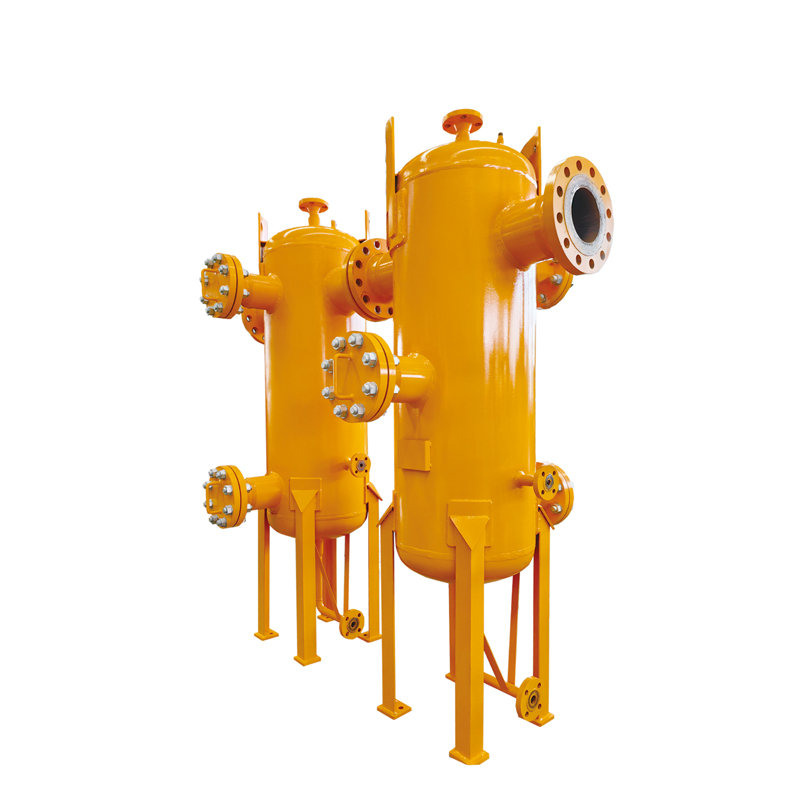
Oct . 02, 2024 10:02
Back to list
natural gas distribution station
Natural Gas Distribution Stations Essential Hubs in Energy Infrastructure
Natural gas has emerged as a cornerstone of the global energy landscape, primarily due to its efficiency and lower emissions compared to other fossil fuels. At the heart of the natural gas supply chain are distribution stations, which play a critical role in delivering this vital resource to residential, commercial, and industrial consumers.
A natural gas distribution station serves as a vital node in the transportation network, where gas is received, processed, and distributed through pipelines. These stations are strategically located to ensure the reliable and efficient supply of natural gas to various regions. The process begins at a gas processing plant, where raw natural gas is refined to remove impurities and separate hydrocarbons. From there, the purified gas is transported through high-pressure transmission pipelines to distribution stations.
Once the gas reaches a distribution station, it undergoes further processing. Here, the high-pressure gas is reduced to a lower pressure suitable for safe delivery to end users. This is achieved through a series of pressure regulators and metering stations that monitor the flow and ensure the gas is delivered efficiently. The distribution stations are equipped with safety systems and redundancies to handle any potential issues, ensuring a reliable supply while minimizing risks.
natural gas distribution station

The role of natural gas distribution stations extends beyond just transportation and pressure regulation. They often serve as critical points for gathering data on gas consumption and system performance. Modern distribution stations employ advanced metering and monitoring technologies, which enable operators to analyze usage patterns, detect leaks, and optimize the distribution network. This data-driven approach enhances the operational efficiency of the entire gas supply chain and supports the transition to smarter energy systems.
In addition to their technical functions, natural gas distribution stations also contribute significantly to economic stability. By providing a reliable energy source, they help facilitate industrial growth, support local economies, and provide jobs in both construction and ongoing operations. Furthermore, as countries increasingly transition to cleaner energy solutions, natural gas distribution stations are poised to play an integral role in the broader energy landscape. They not only support natural gas but can also integrate renewable energy sources, such as biogas, into the existing infrastructure.
As global energy demands continue to rise, the importance of natural gas distribution stations will only grow. However, challenges remain, including aging infrastructure and the need for investment in modernization to ensure safety and efficiency. Policymakers, companies, and communities must collaborate to address these challenges and leverage innovative technologies to enhance the capabilities of these stations.
In conclusion, natural gas distribution stations are critical components of the energy infrastructure that supports much of today's energy needs. They ensure the safe, efficient, and reliable delivery of natural gas to consumers, contributing to economic growth and environmental sustainability. As the world moves toward a more balanced energy future, these hubs will be essential in bridging traditional energy sources with the emerging renewable landscape.
Latest news
-
Safety Valve Spring-Loaded Design Overpressure ProtectionNewsJul.25,2025
-
Precision Voltage Regulator AC5 Accuracy Grade PerformanceNewsJul.25,2025
-
Natural Gas Pressure Regulating Skid Industrial Pipeline ApplicationsNewsJul.25,2025
-
Natural Gas Filter Stainless Steel Mesh Element DesignNewsJul.25,2025
-
Gas Pressure Regulator Valve Direct-Acting Spring-Loaded DesignNewsJul.25,2025
-
Decompression Equipment Multi-Stage Heat Exchange System DesignNewsJul.25,2025

